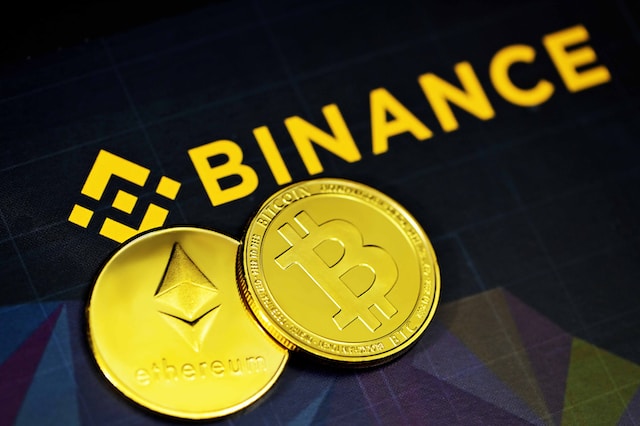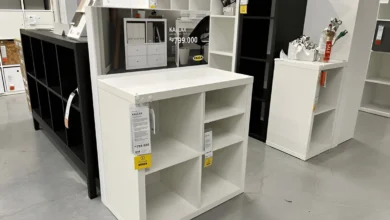
Real estate has always been regarded as one of the most stable asset classes. However, it comes with inherent challenges: low liquidity, high entry barriers, and complex legal procedures. Blockchain technology is changing this scenario by allowing the conversion of physical properties into digital forms. This process, known as real estate tokenization, is making investments more accessible, liquid, and transparent.
In this article, we’ll explore what tokenization means, the step-by-step process behind it, its benefits and risks, as well as real-world examples and market trends. For a hands-on walkthrough, see How to Tokenize Real Estate published on the Tokenizer Estate Blog.
What Is Real Estate Tokenization?
Tokenization is the conversion of ownership rights in a property into digital tokens stored on a blockchain. Every token is a fractional ownership of the asset and is therefore tradeable or transferable, like shares.
Example: If a property valued at $10 million is divided into 1,000,000 tokens, each token would be worth $10. This fractional model allows people all over the world to invest in the real estate market without millions of capital.
The Step-by-Step Tokenization Process
1. Asset Identification and Valuation
The process begins with selecting a property, residential units, commercial buildings, hotels, or land. Independent valuation ensures fair market pricing.
2. Legal and Regulatory Setup
- Establishing a Special Purpose Vehicle (SPV) or LLC to hold the asset.
- Ensuring investor compliance with KYC/AML regulations.
- Meeting jurisdiction-specific securities laws and compliance requirements.
3. Technical Implementation
- Choosing the right blockchain (Ethereum, Polygon, Avalanche, etc.).
- Issuing tokens under standards such as ERC-20 or ERC-1400.
- Deploying smart contracts to govern ownership rights, transfers, and payouts.
4. Token Issuance and Investor Onboarding
Tokens are launched on a platform where investors register, complete verification, and purchase their fractional shares.
5. Post-Sale Management
- Automated income distribution (rental yields, dividends).
- Voting rights for token holders.
- Transparent ownership tracking on-chain.
6. Secondary Market Trading and Liquidity
Tokens can later be listed on secondary trading platforms, providing investors with exit options and enhanced liquidity.
7. Exit Strategy
Upon property sale or liquidation, tokens are redeemed, and investors receive their proportional share of proceeds.
Benefits of Tokenization
- Fractional ownership – lowering investment entry points from millions to as little as $100.
- Improved liquidity – ability to buy or sell shares more easily.
- Global market access – cross-border investments without traditional barriers.
- Reduced costs – fewer intermediaries and streamlined processes.
- Transparency and security – immutable blockchain records safeguard ownership and transactions.
Challenges and Risks
While promising, tokenization also comes with hurdles:
- Regulatory uncertainty – laws differ across jurisdictions, creating compliance risks.
- Technical risks – smart contract errors, cybersecurity threats, or wallet mismanagement.
- Operational complexity – high setup costs and the need for legal, financial, and technical expertise.
Real-World Examples
- London hotel – tokenized shares opened access to a wide pool of investors.
- Commercial property in Zurich – involved institutional investors through blockchain.
- Silicon Valley office project – enabled global participation in a high-value market.
- Luxury villas in Dubai – tokenized luxury properties attracted international buyers.
- St. Regis Aspen Resort (USA) – one of the pioneering hospitality tokenization cases.
Market Outlook
The tokenized real-world assets (RWA) market is projected to reach tens of billions of dollars by mid-2025. The secondary trading systems are on the rise, and institutional investors are becoming increasingly interested.
For funds and private investors alike, tokenized real estate presents the possibility of diversifying a portfolio and accessing markets previously only available to large investors.
Conclusion
Real estate tokenization is not just a technological innovation; it’s a fundamental shift in how global property investments can be structured, accessed, and managed. It is democratizing one of the most conservative asset classes by reducing entry barriers, improving liquidity, and bringing transparency.
For a deeper dive into the practical process, we recommend reading How to Tokenize Real Estate. To stay up to date with industry insights, visit the Tokenizer Estate Blog.













